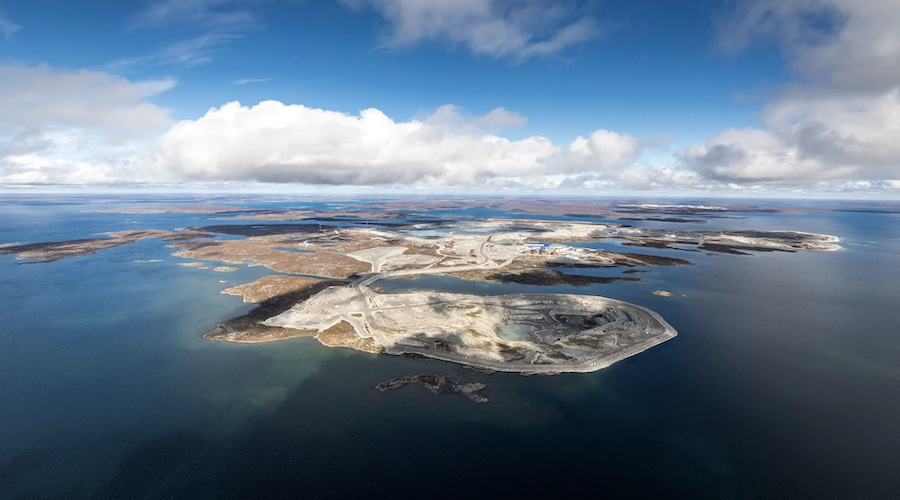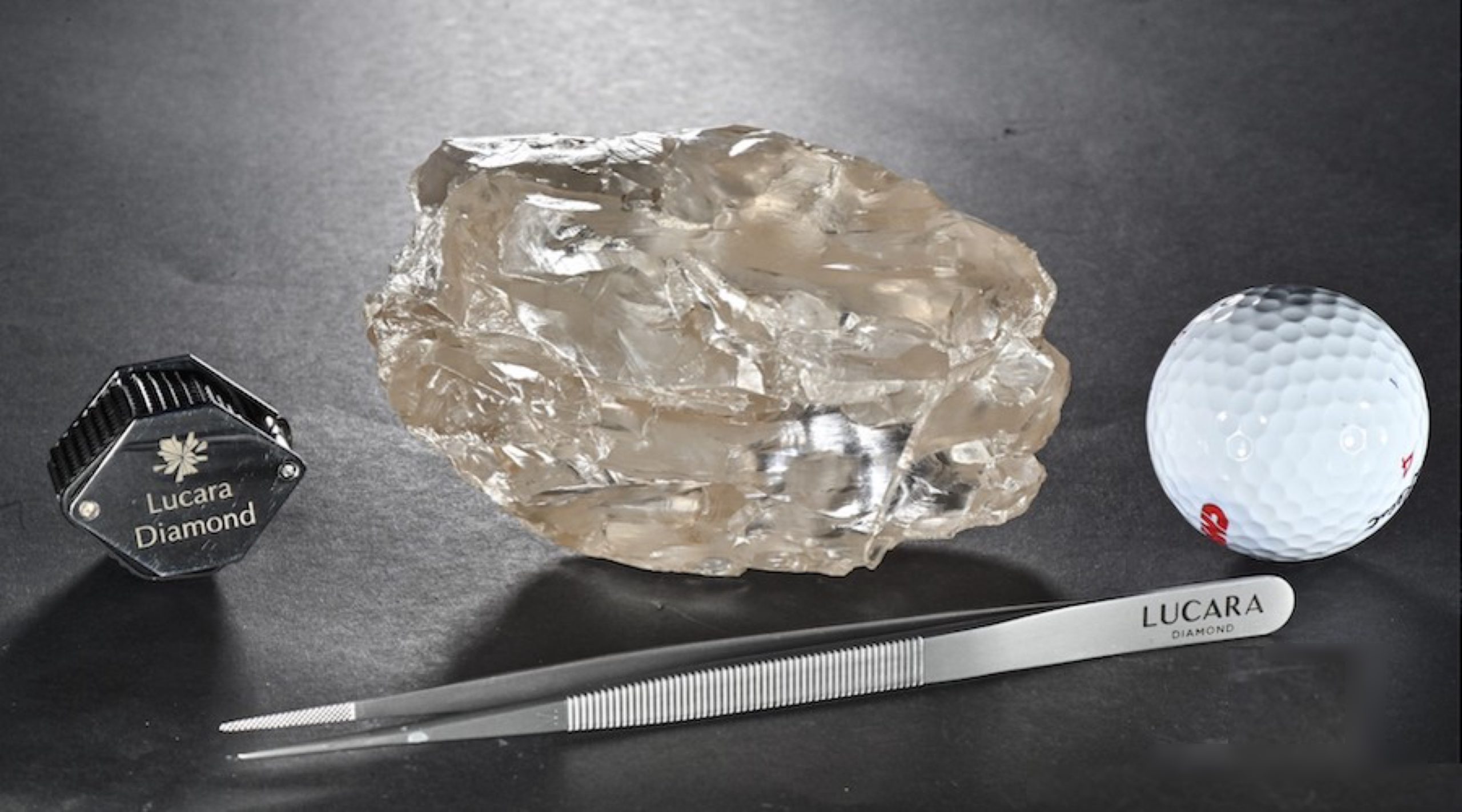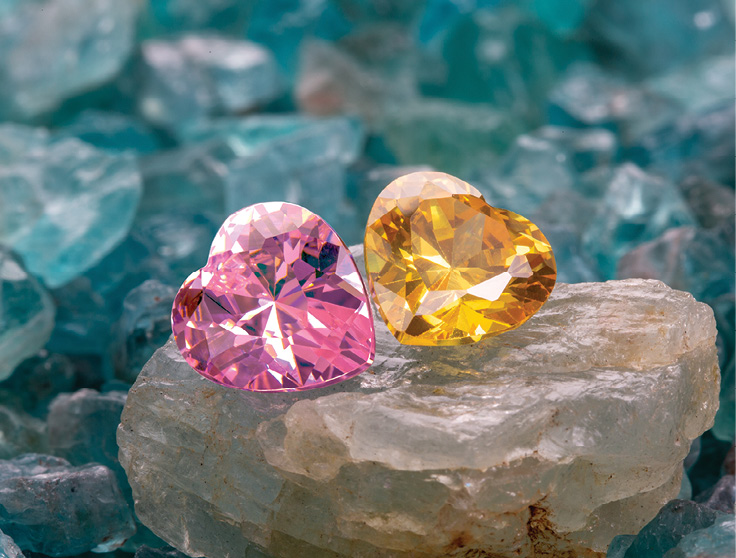A diamond wrapped in maple leaves
The diamond industry encompasses far more than just finding the kimberlites and mining the stones. At the same time Canada is developing expertise in the exploration and mining of diamonds, it is also developing a downstream industry of cutters and polishers.
One of the most productive of these factories is found in Vancouver. HRA Investment Ltd.’s facility is the most technologically advanced diamond cutting and polishing factory in North America today. And it manufactures only stones mined in Canada.
Built in 2001 as a private business, with no government subsidies, the factory in Vancouver has only 14 employees “but is manufacturing at a production strength of well over an 80-person factory because of the robotics,” according to HRA’s marketing director Itay Ariel.
The Vancouver facility cuts and polishes more than 2,500 carats a month or 30,000 carats of rough diamonds a year (worth more than Cdn$25 million), making it one of the largest factories of diamond product in Canada. As a core client of Rio Tinto plc, HRA sources its rough for the Vancouver factory exclusively from the Diavik mine, 300 km northeast of Yellowknife.
Automated cutting and polishing
The process is almost 95% robotic, using machinery made on a very exclusive basis in Antwerp, Belgium. Three-dimensional mapping software analyzes and maps the diamond crystal. The factory manager uses the ‘map’ to decide the ideal shape to cut the stone, at which point the 3D software identifies how to cut the stone. The rough stone is mounted on a bruting machine and ground to a round shape. It is dismounted and placed (by a human) onto an automated arm where it stays until the robotics have completed the polishing job, which, in the case of a round stone, will add 58 facets.
“What normally would take two days–for a diamond to be cut by hand by an experienced diamond cutter–the robotic arm can do in just under two hours from start to finish, including the bruting,” says Ariel. It takes the same time whatever size the stone is.
The reduced labour results in cost savings, but there is a very substantial capital cost–well over US$1.5 million worth of robotic equipment–in the Vancouver factory. Even so, the return on investment is very acceptable, says Ariel.
So how does automation stack up against hand-cutting? “We manufacture from very, very high-end product to mid-range here in Vancouver,” says Ariel. Using the diamond classification of four C’s–colour, cut, clarity and carat–the quality of the cut ranges from ‘very good’ to ‘fair made stone’, depending of the quality of the rough. “The best cut in the world today is an ideal-cut hearts and arrows,” says Ariel. “Very few manufacturers in the world can produce to that exact standard. We feel very privileged that we’re the only manufacturer in Canada manufacturing Canadian ideal-cut hearts and arrows.”
The factory produces a range of product under a variety of brand names to fill the orders placed by its customers, who are large retail chain stores in Canada and the United States as well as large wholesalers and manufacturers in Canada.
“We distribute directly under the Canadian Diamond Certificate, which is the most widely-accepted Canadian diamond product in the marketplace, seen at over 600 stores,” says Ariel. The girdle of each stone sold under this brand is laser-etched with a maple leaf and its own unique registered number. HRA spends over $300,000 a year promoting the brand.
The factory also produces the Ikuma diamond for the Ben Bridge retail jewelry chain based in Seattle–the largest Canadian diamond jewelry program in the United States. (“Ikuma” is an aboriginal word meaning “to light on fire”.)
The Canadian diamond is not a hard sell. “We see the future for Canadian diamonds as favourable; the market is only growing,” says Ariel. “I think people appreciate identifying a source for where their diamonds are coming from. There’s a genuine interest with diamonds coming from the Arctic. It’s cold, it’s icy: from a marketing standpoint there are a lot of visuals that can be heightened to really exemplify the product.”
HRA has global operations. Besides buying Diavik diamonds for its Vancouver factory, the company is a diamond site-holder of the Diamond Trading Co. It has two robotic cutting and polishing facilities in Antwerp. It also owns the largest cutting and polishing factory in southeast Asia–a hand-cutting plant in Viet Nam with over 650 employees that manufactures close to 13,000 carats of diamond per month. In total the company manufactures well over Cdn$200 million in rough per year.
Visit www.thecanadiandiamond.com for more information about Canadian Diamond Certificate and locations where these diamonds can be purchased, or call Itay Ariel at 604-669-9562.





Comments